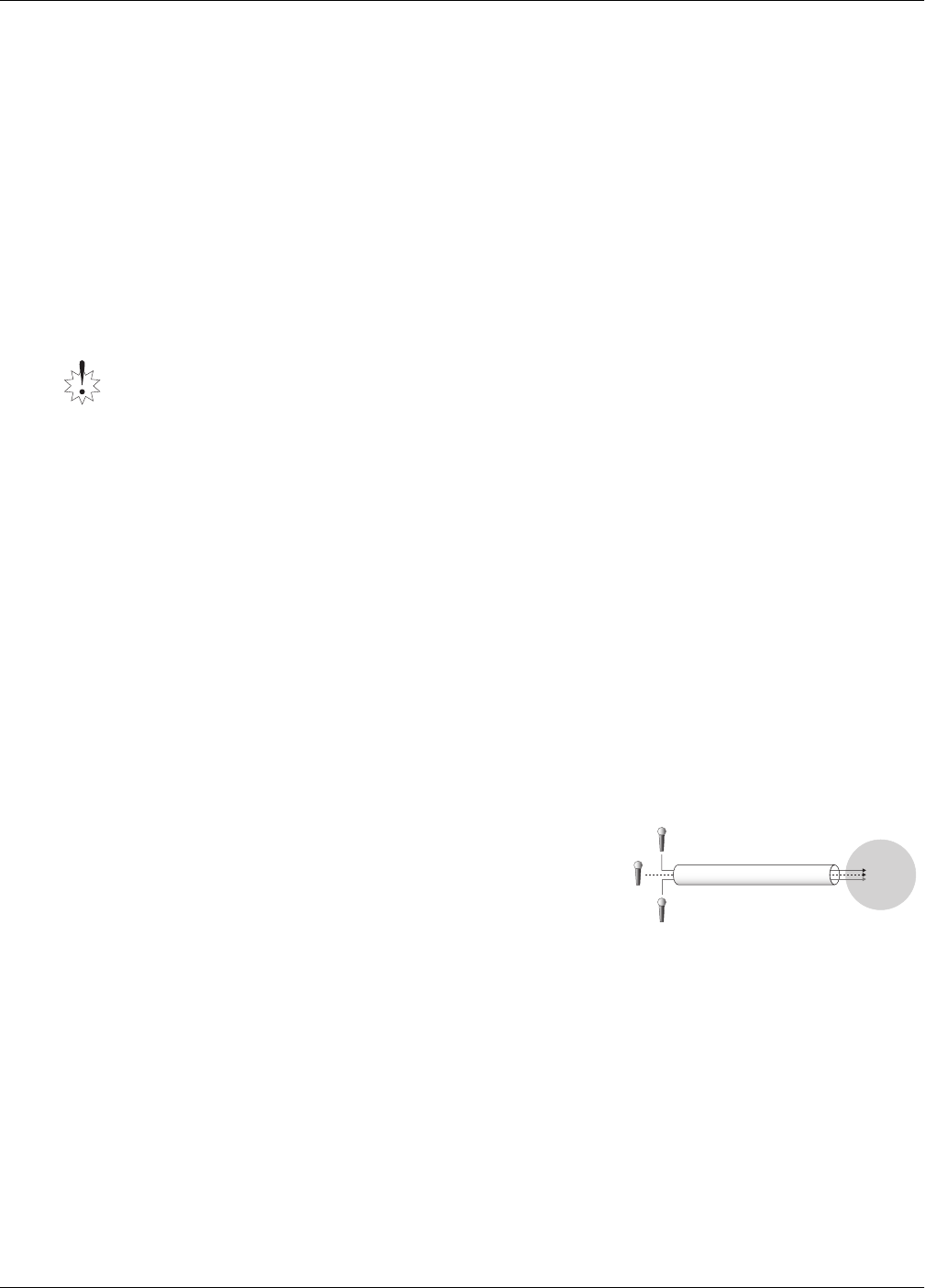
3—Introduction to the VS-2480
Roland VS-2480 Owner’s Manual www.rolandus.com 57
• playback speed settings.
• all information relating to tempo and synchronization.
• all project-related UTILITY menu settings.
The VS-2480
always
has a project loaded, even if you’ve never created one yourself.
A projects can be as large as space allows, as long as it doesn’t exceed the maximum
number of allowable events (see below.) You can save up to 200 projects on your hard
drive, space permitting. You can change from project to project by loading the project
you want to work on as needed. You can also copy data between projects. Project
operations are discussed in Chapter 7 on Page 93.
We’ll describe how to create and name a new project in Chapter 7.
About Events
The smallest chunk of project data that the VS-2480 works with is called an “event,” a
piece of information that the VS-2480 needs to do its job. For example, each recording
you make uses up at least two events: one that tells the VS-2480 where on the hard drive
the recording’s file starts, and one that tells it where it ends. Each project can contain
roughly 10,000 events—when all of its events have been used up, the project is full, even
if you have disk space left. You can trim the number of events in a project by
“optimizing” it, as discussed in Chapter 7.
Busses in the VS-2480
In order to get signals from one place to another within the VS-2480—and to provide a
way to get them out of the VS-2480—the VS-2480 uses an assortment of “busses.” While
we’ll describe the use of the VS-2480’s busses in various places throughout the
VS-2480
Owner’s Manual
, it’s important to first understand what a bus is.
What’s a Bus?
A bus is a pathway down which one or more
signals can travel to a common destination.
In older analog mixers, a bus was literally a single wire into which signals were fed—
the wire was then connected to the desired destination’s input.
This simple mechanism is more significant than it may seem since it lets you send a
group of signals to a track, into a mix, to an effect, to specific outputs and more. Much
of the VS-2480’s bussing occurs behind the scenes—so you won’t always be dealing
directly with it—but some of its busses play an important, visible role in its operations.
If the intended final destination for your project is an audio CD, be sure to select a
44.1kHz sampling rate for your project when you create it—see Page 339.
Destination
Bus
VS2480OMUS.book 57 ページ 2006年2月7日 火曜日 午後4時16分


















